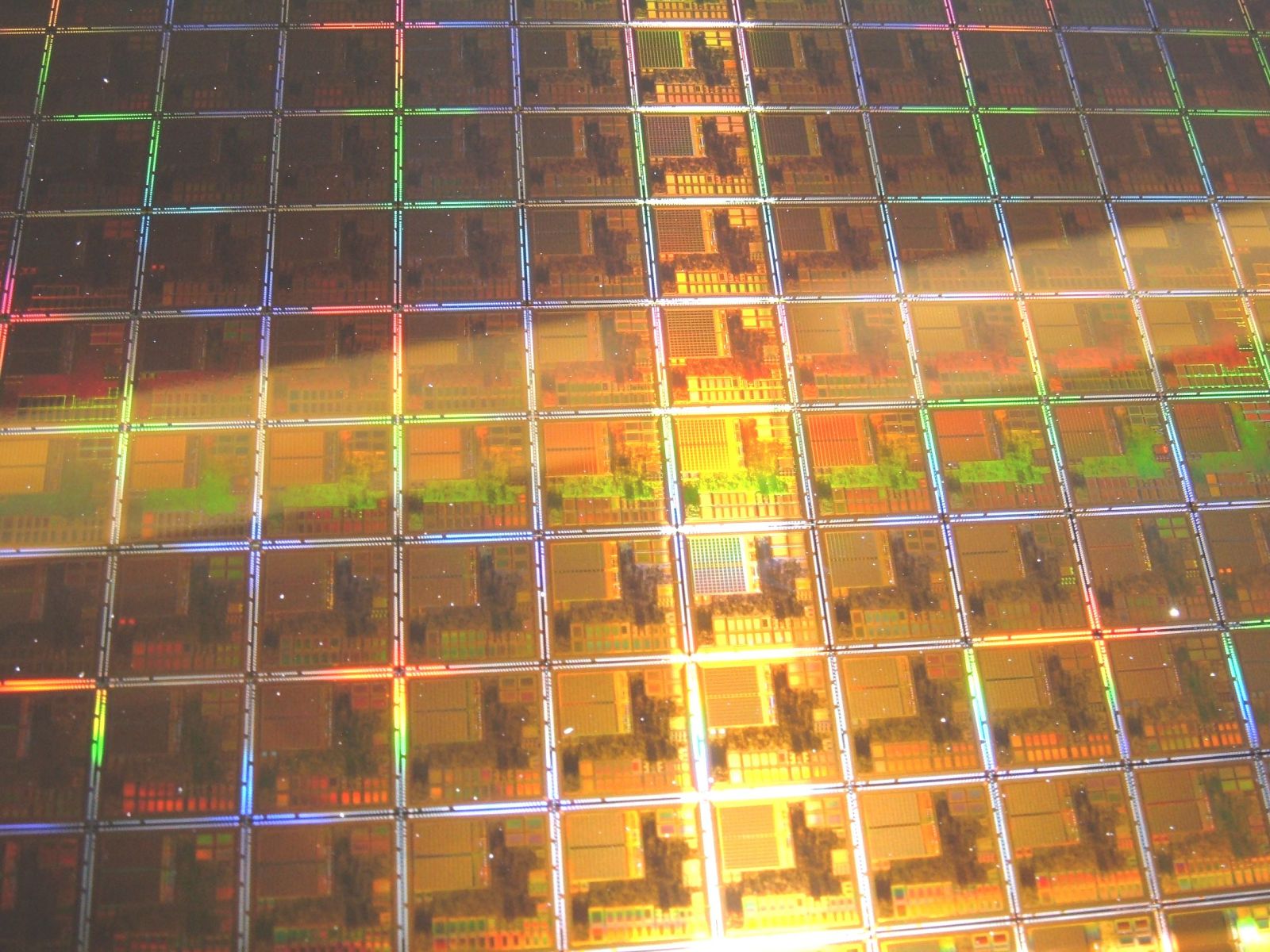This new technique could greatly miniaturize processors
Follow us on Google News (click on ☆)
Researchers have recently demonstrated that it is possible to significantly miniaturize processors by exploiting magnetic states in 2D materials, an advancement that could revolutionize the energy efficiency of future computing systems.

Image Wikimedia
The major challenge for the semiconductor industry is the continuous reduction in the size of transistors while increasing computing power. However, the physical limits of silicon pose a difficult obstacle to overcome. This is where spintronics comes into play, a technology that uses the spin states of electrons to represent binary data bits, paving the way for much denser and energy-efficient components.
This innovation is based on magnetic tunnel junctions (MTJ), where the chrome triiodide material acts as a 2D insulating magnet. By precisely controlling the electric current, researchers have been able to manipulate the magnetic orientation of this material, thereby representing the binary states essential to any computing system. This could potentially increase the computing density of chips tenfold while drastically reducing energy consumption during the switching process.
The concept of spintronics is not new, but precise control of the thickness of material layers and the quality of their interfaces remains a challenge. The innovation lies in the ability to pass extremely dense currents through these junctions while meeting the demands for miniaturization and energy efficiency, which are imperative for future computing systems.
Despite these promising advances, challenges remain, notably the need to maintain temperatures close to absolute zero for these devices to function properly. This factor currently limits large-scale practical applications, but the potential energy gains justify continuing research in this direction.
This discovery opens up unprecedented prospects for future technologies, especially for energy-hungry artificial intelligence systems, where every gain in efficiency could represent a major breakthrough.